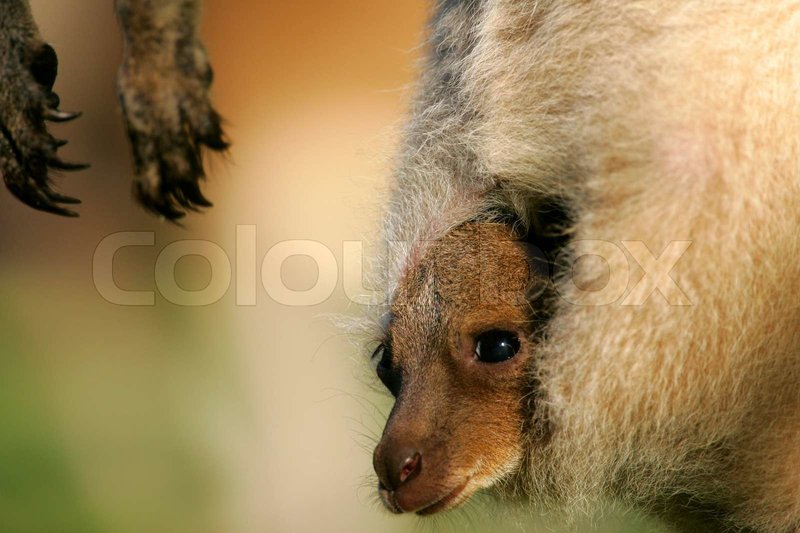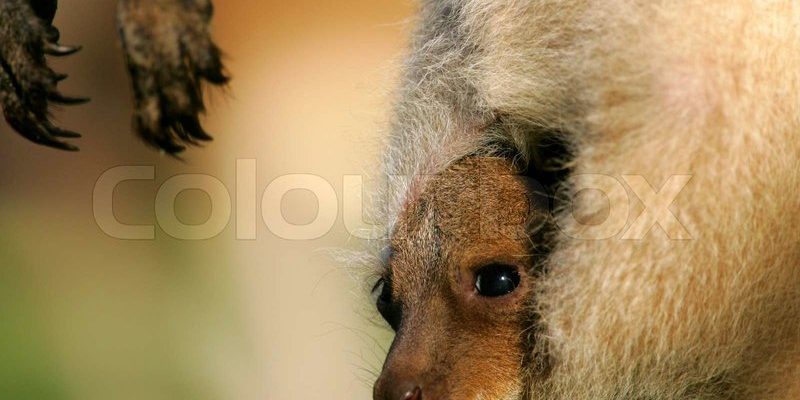
Pull up a chair and grab a cup of coffee, because we’re about to dive into the journey of the Western Grey Kangaroo through time. From its ancient relatives to its current habitat in Australia, we’ll explore how this remarkable animal evolved to become a staple of Australian wildlife. So, let’s hop right in!
The Origins of Kangaroos
To understand the evolutionary history of the Western Grey Kangaroo, we first need to look at the origins of kangaroos in general. Kangaroos belong to the *Macropodidae* family, which means “big foot.” This family includes not only kangaroos but also wallabies and tree-kangaroos. The story of kangaroo evolution starts about 50 million years ago, during the Eocene period when Australia was still separated from Antarctica.
During this period, the early ancestors of kangaroos roamed the land. These ancestors were small, tree-dwelling creatures that likely had a different eating habit compared to today’s kangaroos. They adapted to their environment, gradually evolving to become larger and more suited to a terrestrial lifestyle. This shift set the stage for the kangaroo lineage that would eventually lead to the Western Grey Kangaroo we know today.
As Australia continued to drift northward, its climate and geography changed dramatically. This transformation created unique habitats for various species, including the kangaroo. The early kangaroo ancestors diversified into different forms, some of which began to hop. This adaptation allowed them to cover large distances efficiently, a crucial skill for survival in the changing landscape.
The Rise of the Western Grey Kangaroo
Now, let’s zoom in on the Western Grey Kangaroo specifically. This species, known scientifically as *Macropus fuliginosus*, emerged around 2 to 3 million years ago. You might be wondering, what makes the Western Grey so special compared to other kangaroo species? Well, it’s all about adaptability.
The Western Grey Kangaroo has a sleek, strong body and long legs perfect for hopping at high speeds. They can reach speeds of up to 30 mph! This agility helps them escape predators and navigate their home terrain, which includes both open grasslands and wooded areas. Their unique leaping ability is an evolutionary trait that connects them to their ancestors, who first began to hop in search of food and safety.
These kangaroos are mostly found in southern and eastern Australia. They’ve adapted well to a variety of habitats, from coastal regions to arid outback. This adaptability is a testament to their evolutionary success. The Western Grey Kangaroo has become one of the most common kangaroo species, largely due to its ability to thrive in diverse environments.
Dietary Adaptations and Feeding Habits
You might be surprised to learn that the diet of the Western Grey Kangaroo plays a significant role in its evolutionary history. These kangaroos are herbivores, and their diet mainly consists of grass, leaves, and shoots. Their digestive system has evolved to process tough plant material efficiently.
Their grazing habits are interesting. Western Grey Kangaroos often feed in groups, which not only helps them watch out for predators but also allows them to eat more effectively. Think about it: when several kangaroos are grazing, they can cover more ground and take advantage of the best food resources. This social behavior has helped them thrive despite environmental challenges.
Interestingly, these kangaroos can also adjust their feeding habits based on seasonal changes. During dry periods, they may browse on shrubs and trees when grass is less available. This flexibility in diet is a direct result of their evolution, allowing them to adapt to the varying conditions of the Australian landscape.
Social Structure and Behavior
Let’s not forget about the social side of the Western Grey Kangaroo. These animals are not solitary; they’re quite social and often form groups called *mobs*. A mob typically consists of several females and their young, along with a few males. This social structure is vital for survival, as it provides added protection against predators like dingoes and eagles.
Here’s the thing: living in a mob creates a dynamic community where they can communicate, groom each other, and even play. The interactions within these groups are important for their social development. Young kangaroos learn essential skills through play, which prepares them for adulthood.
Mobs can vary in size and composition depending on the availability of food and water. During challenging seasons, some groups may break apart to find better resources. These adaptations help ensure the survival of the species, showcasing the strength of their social systems throughout their evolutionary journey.
Impact of Human Activity on Western Grey Kangaroos
As we explore the evolutionary history of the Western Grey Kangaroo, we can’t overlook the significant impact humans have had on their populations. With the spread of urban development and agriculture, many kangaroo habitats have been altered or destroyed. This has forced the Western Grey Kangaroo to adapt once again to these new challenges.
Human activities such as farming and land clearing have reduced their natural habitats, leading to increased competition for food and resources. In some areas, kangaroos have learned to forage in human-dominated landscapes, such as fields and suburbs. They’ve become more nocturnal in their habits, venturing out to feed when it’s quieter and safer.
However, the challenges aren’t just environmental. There are also issues with hunting and legal regulations, as kangaroo populations need to be managed to ensure their sustainability. Conservation efforts are essential to balance the needs of local communities with the protection of these unique animals. These efforts highlight the need for a collective approach to preserving the habitats and ensuring that Western Grey Kangaroos can continue to thrive.
The Future of the Western Grey Kangaroo
What does the future hold for the Western Grey Kangaroo? Honestly, it’s a mixed bag. On one hand, these kangaroos are adaptable and resilient creatures that have survived for millions of years. Their ability to adjust to various environments gives them a good chance of continuing in a rapidly changing world.
Conservation efforts are vital in ensuring their survival. Protecting their habitats, managing populations wisely, and raising awareness about these magnificent animals can help shape a positive outcome. It’s like nurturing a plant; with the right care and environment, it can flourish.
As more people learn about the evolutionary history of the Western Grey Kangaroo, it’s easy to see why these animals captivate hearts. They embody not just the spirit of Australia but also the resilience of nature itself. We must celebrate and protect them, ensuring that future generations can still marvel at their remarkable journey through time.
In conclusion, understanding the evolutionary history of the Western Grey Kangaroo helps us appreciate not just them but the complexity of life itself. So, next time you see one hopping through the bush, remember the incredible journey that brought it there. It’s a reminder of how connected we all are in this vast web of life.

